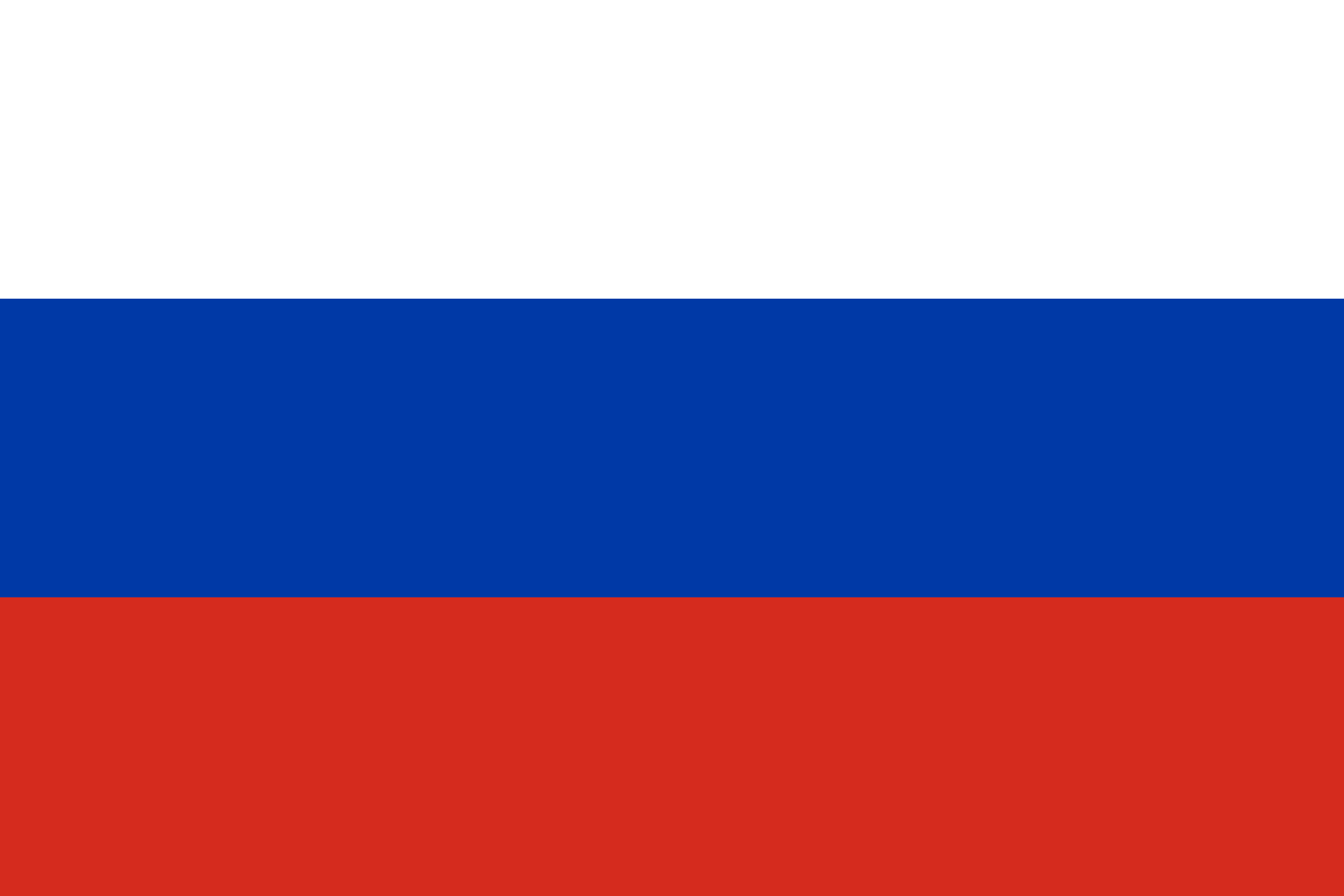
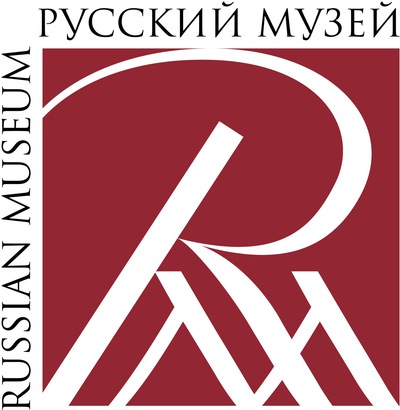
Palais Mikhailovsky - Musée Russe
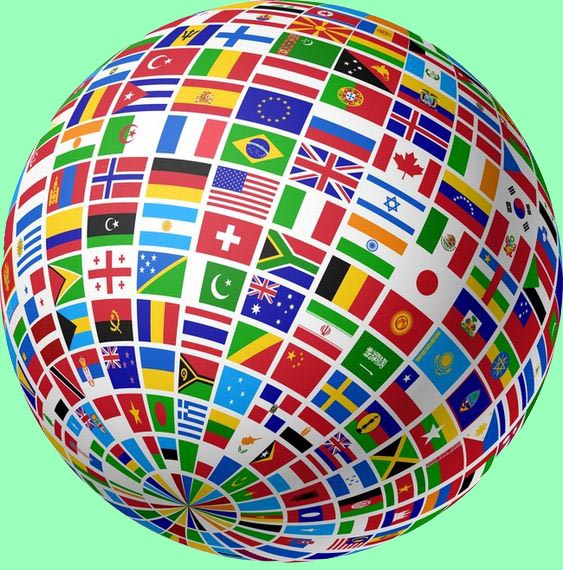

 |
 |
Palais Mikhailovsky - Musée Russe |
 |
 |
|||
Salles prinicpales et collections |
 |
 |
 |
 |
 |
 |
 |
 |
 |
| Musée Russe | Palais Mikhaïlovski | Jardins Mikhaïlovski | Château Michel | Palais d'Été | Jardin d'Été | Maison de Pierre | Palais de Marbre | Palais Stroganov |
Mikhailovsky Palace |
||
 |
||
 |
||
Benois Wing |
||
 |
||
 |
||
Rossi Wing |
||
 |
||
 |
||
 |
| Collections |
The Russian Museum holds one of Russia's leading collections of icons and Old Russian applied art. A start was made to this collection back in 1898, when the museum was founded. Acquisitions made in the 1900’s and early 1910’s were of enormous significance for the collection.The collection was added to in the years following the revolution by acquisitions made through the Museum Fund, as well as directly from churches and monasteries. Later, particularly in the 1950’s, 1960’s and 1970’s, regular expeditions of museum research assistants and restorers were organized to gather works of Old Russian art. These became an important source of new acquisitions. The collection currently includes some 6,000 icons and roughly the same number of works of Old Russian applied art, ranging from the tenth to the eighteenth centuries. La collection d'icônes du Musée Russe contient près de 6 000 pièces, dont les plus anciennes remontent au xe siècle, et jusqu'au xviiie siècle. |
| Arts décoratifs et appliqués |
The history of the collections of decorative and applied art begins in 1895, when the nascent Russian Museum was awarded the Mikhailovsky Palace. Its former owners left part of the palace decor behind them when they left, including the entire heritage of Karl Rossi. Fresh acquisitions were made in the late 1920’s and early 1930’s. Back then, the museum already possessed a fine collection of porcelain, glass and furniture. This was added to by the unique trellises of St Petersburg and a wide collection of precious metals. Not many Russian museums today can present Russian applied art as diversely and fully as the Russian Museum. La collection d'art décoratif a été construite sur la base des objets laissés dans le palais lorsqu'il a été transformé en musée à la fin du XIXe siècle. Des acquisitions ont eu lieu ensuite, durant les années 1920-1930. La collection est principalement formée de porcelaines, de verre, de mobilier, ainsi que de métaux précieux |
| Peinture - 18é - moitié du 19è s |
Ever since the Russian Museum was founded in 1895, the Russian school of painting of the eighteenth and first half of the nineteenth centuries has constituted the heart of its collection. Eighty paintings were initially transferred to the Russian Museum from the Imperial Hermitage, including such masterpieces as Karl Brullov's The Last Day of Pompeii, Fidelio Bruni's The Brazen Serpent, Hovhannes Aivazovsky's The Ninth Wave, Henryk Siemiradzki's Shrine at the Festival of Poseidon at the Eleusinia, Vladimir Borovikovsky's Portrait of Murtaza Kuli Khan and Alexander Ivanov's Christ's Appearance to St Mary Magdalene. The collection of the Russian Museum grew with the acquisition of 122 canvases from the Imperial Academy of Arts, among them Orest Kiprensky's Portrait of Yevgraf Davidov, Pyotr Basin's Susannah and the Elders and Alexei Venetsianov's The Threshing Barn. Other works were transferred from the Imperial collections in the Winter Palace, Alexander Palace in Tsarskoe Selo and Gatchina -- Karl Brullov's Portrait of Countess Yulia Samoilova Retiring from a Ball with her Adopted Daughter Amazilia Paccini, Vasily Tropinin's Guitarist and Girl with a Doll and Pavel Fedotov's The Major Makes a Proposal. The collection of eighteenth-century portraiture was further enlarged in 1897, thanks to the acquisition of the collection of Prince Alexei Lobanov-Rostovsky. Besides portraits of Russian statesmen and aristocrats painted by Ivan Argunov and Dmitry Levitsky, the collection included many works by foreign masters working in Russia in the eighteenth century, including Johann Gottfried Tannauer, Georg Christoph Grooth, Pietro Antonio Rotari and Jean Louis Voille. When it was officially opened in 1898, the Russian Museum thus possessed an outstanding collection of national art. The collection was nevertheless uncoordinated and incomplete, owing to the sometimes inconsistent nature of acquiring works. Although the new museum owned many of the most important paintings in the history of Russian art, many still remained in the Imperial collection. Works were selected according to academic principles; non-academic movements were largely ignored. Chaired by Pyotr Neradovsky and including such leading art historians and curators as Albert Benois, Pyotr Brullov and Konstantin Lemokh, the Art Council of the Russian Museum played an important role in acquiring new works and augmenting the collection. Many masterpieces found their way into the museum through the enthusiastic support of collectors and connoisseurs of art. The Russian Museum thus acquired Alexei Antropov's Portrait of Maria Rumyantseva, Ivan Vishnyakov'sPortraits of Sarah and Wilhelm Fairmore, Dmitry Levitsky's Portrait of Anna Protasova, Fyodor Rokotov's Portrait of Countess Yelizaveta Santi and Portrait of Count Lev Santi, Vladimir Borovikovsky's Portrait of Yekaterina Arsenieva and paintings and modelli by such early-nineteenth-century masters as Orest Kiprensky and Alexander Ivanov. The Russian Museum inherited many works of art following the confiscation of private collections following the revolution. In 1917, the museum was awarded over eighty studies by Alexander Ivanov for Christ's Appearance to the People from the Mikhail Botkin collection. Prince Vladimir Argutinsky-Dolgorukov's collection was transferred to the museum in 1918. Many paintings were acquired from the former Imperial palaces. The redistribution of confiscated art work between museums was handled by the State Museum Fund. In 1922, the Russian Museum inherited the entire collection of the Academy of Arts Museum. Many works were traded among the Russian Museum, the Tretyakov Gallery and the Hermitage in the 1930’s. Thanks to the scope and profundity of its collection, the Russian Museum now ranks among the foremost galleries of Russian national art. The main criteria in the selection of works is historical and artistic value. Besides masterpieces of the eighteenth and early- to mid-nineteenth centuries, the museum also acquires studies, sketches and canvases by lesser-known artists, offering a deeper and more detailed insight into the history of Russian art. Les principaux artistes représentés sont :
|
| Peinture - moitié du 19è s - 20è |
Even when it first opened back in 1898, the Russian Museum owned many canvases painted by such masters of the second half of the nineteenth century as Hovhannes Aivazovsky, Konstantin Makovsky, Ilya Repin, Vasily Polenov and Vasily Surikov. Although the selection of works before the revolution was often hampered by the conservative tastes of museum officialdom, the collection nevertheless grew in breadth thanks to the efforts of Alexander Benois, Albert Benois, Igor Grabar and Pyotr Neradovsky. Placing great stress on acquiring works by contemporary artists, the Russian Museum often purchased paintings directly from exhibitions. Works were acquired from the posthumous shows of the works of Isaac Levitan (1901) and Vasily Vereschagin (1905). Other sources were the Travelling Art Exhibitions (Stanislaw Zukowski, Nikolai Kasatkin, Isaac Levitan and Vladimir Makovsky), New Union of Artists (Boris Kustodiev and Nikolai Fokin) and artist's studios (Alexander Golovin and Mikhail Nesterov). In 1918, the Russian Museum inherited the collection of Prince Vladimir Argutinsky-Dolgorukov, including studies by Mikhail Vrubel and paintings by Konstantin Somov. The Yevgeny Tereschenko collection contained many works by fin-de-siecle artists, among them Mikhail Vrubel's Bogatyr and Six-Winged Seraph. The Alexander Korovin collection included paintings by Valentin Serov, Philipp Malyavin, Mikhail Nesterov, Konstantin Korovin and members of the World of Art, Blue Rose and the Jack of Diamonds. In 1926, the Russian Museum opened a Department of Modern Art, embracing all twentieth-century movements and associations. The curators were particularly interested in the members of such groups as the Jack of Diamonds, Blue Rose and the Union of Youth. Many canvases were acquired directly from the artists. The Russian Museum inherited over three-hundred canvases -- works by Wassily Kandinsky, Pyotr Konchalovsky, Pyotr Kuznetsov, Kazimir Malevich, Vladimir Tatlin, Robert Falk, Pavel Filonov and Marc Chagall -- when the Institute of Artistic Culture was closed down in 1926. Works by Natalia Goncharova and Aristarkh Lentulov were transferred from the Tretyakov Gallery in Moscow. The collection of the painting of the second half of the nineteenth and early twentieth centuries continued to grow in the 1930s. Ilya Repin's Centennial Sitting of the State Council was acquired from the Museum of the Revolution. The Tretyakov Gallery donated a number of canvases by masters not fully represented in the Russian Museum, including Vasily Perov's Lonely Guitarist and Portrait of Ivan Turgenev, Nikolai Nevrev's Self-Portrait, Mikhail Vrubel's Flying Demon and Philipp Malyavin'sPeasant Women. The Department of Modern Art attempted to reflect the contemporary art process, exhibiting the achievements of Soviet art. In 1932, the Russian Museum held an anniversary exhibition entitled Artists of the RSFSR Over Fifteen Years. More than two thousand works by over three hundred artists were shown in thirty-five rooms. The museum acquired many paintings directly from the exhibition. The Russian Museum continued to collect works by both contemporary masters and artists who had begun their careers before the revolution. The museum acquired Isaac Brodsky's Parade, Fyodor Bogorodsky's Homeless Waifs, landscapes and portraits by Sergei Gerasimov and canvases by Kuzma Petrov-Vodkin and Alexander Samokhvalov. The Department of Modern Art curated such temporary shows as the First Exhibition of Leningrad Artists (1935). Several of the exhibits were acquired for the museum collection, including Arkady Rylov's Lenin in Razliv, Kuzma Petrov-Vodkin Alarm. 1919 and Vasily Kuptsov's Maxim Gorky ANT-20. One of the most important events in the post-war history of the Russian Museum was the opening of a permanent exhibition of Soviet art in the Benois Wing. Such works of the 1940’s and 1950’s as Alexander Deineka's The Defence of Sevastopole, the Kukryniksy trio's Nazis Retreating from Novgorod, Sergei Gerasimov's A Partisan's Mother and Arkady Plastov's A Fascist Flew Past celebrated the victory over Germany in the Second World War. Some of the most outstanding works of the 1960’s and 1970’s were painted by Helium Korzhev, Victor Ivanov, Pyotr Ossovsky, Pavel Nikonov, Victor Popkov, Yevsei Moiseyenko, Boris Ugarov and Pyotr Fomin. La peinture de la deuxième moitié du xixe siècle aux années 1920 constitue l'âge d'or des maîtres russes et est amplement représentée dans le musée. Héritant de la collection du prince Vladimir Argutinsky-Dolgoroukov en 1918, le musée a également acquis un grand nombre de toiles directement auprès des peintres, ou en provenance d'autres musées tels que la Galerie Tretiakov. Les principaux peintres représentés sont Ivan Chichkine, Ilia Répine, Mikhaïl Vroubel, Vassili Sourikov, Isaac Levitan, Mikhaïl Nesterov. Le musée a ouvert en 1926 une galerie d'art moderne et accueille alors les œuvres de Marc Chagall, Vassily Kandinsky, Piotr Kontchalovski, Kasimir Malevitch, etc. Après laSeconde Guerre mondiale, le musée a ouvert une exposition permanente d'art soviétique. Ces salles exposent des œuvres des années 1940 aux années 1970, par les plus grands artistes de l'époque tels que Alexandre Deïneka, Sergueï Guerassimov, Gely Korjev, le trio Koukryniksy, Vladimir Stojarov etc
|
| Dessins et aquarelles |
| The collection of drawings and watercolours made in the eighteenth, nineteenth and twentieth centuries, some 100,000 works, is the largest and fullest in the world. In March 1898 the museum opened its first exhibition, showing drawings and water-colours presented by the Hermitage and the Academy of Arts.The collection was enlarged in the early 1910s by acquisitions from exhibitions, artists' studios and collectors. In the years following the revolution, works poured into the collection from palaces, mansions and leading collectors. Some 6,000 study drawings entered the museum from the Academy of Arts in the 1920s and early 1930s. The following years saw entire collections donated to the museum, as well as acquisitions of works made over various periods. |
| Art graphique |
| The collection of engraving in the Russian Museum consists of around 80,000 sheets and covers the entire history of engraving in Russia. The first collection of engraving entered the museum in 1916. Two years later the museum acquired another seven thousand engravings. By the mid-1930’s of the collection of old engraving had been formed. Additions to the works of twentieth century masters were begun in the 1950’s and continue to this day. |
| Sculpture - 18é - moitié du 19è s |
| The Russian Museum's collection of sculpture began with the transfer of several works from the Hermitage and the Academy of Arts in 1897 and 1898. A century later, its fund of eighteenth to twentieth century sculpture now comprises more than 4,000 works. The collection of sculpture contains the creations of masters working in the eighteenth, nineteenth and twentieth centuries. These range from their first studies, which record the initial germination of the artistic idea, to the finished product, executed in the most diverse materials: plaster, terracotta, marble, bronze, wood and metal. |
| Sculpture - moitié du 19è s - 20è |
| Numismatique |
| The history of the formation of the collection of numismatics is closely tied in with the founding of the museum itself. Coins were already being acquired back in 1897 for the Alexander III Memorial Department in the future museum. These included medals and coins minted during his reign. The sphere of interests of the department was, however, later extended. Additions to its rich collection continue to this day. It now boasts some 70,000 coins and banknotes, as well as medals and orders produced from the fifteenth century onwards. |
| Arts décoratifs et applique( (18--20è) |
| Art populaire |
| The heart of the collection of folk art, formed in March 1937, is comprised of the collections of the local Museum of Handicraft and the School of Folk Art, as well as works from the museums of the Baron Stieglitz School of Technical Drawing and the Society for the Protection of the Arts. The new department increased its collection in its early years by acquisitions from exhibitions and artists' studios. Academic expeditions to various parts of the country played an important role in forming the collection.The collection now covers all forms of folk art, including both domestic peasant works and art handicraft. |
| Art moderne |
The Department of Contemporary Art was opened at the Russian Museum in the late 1980s. The department collects and exhibits new and often unconventional art forms -- installations, objects, assemblages, video art, photography and photo-based art. Many works find their way into the collection directly from exhibitions. The first major acquisition was in 1990, following the Territory of Art show curated by the Russian Museum in collaboration with the Institut des Hautes Etudes et Arts Plastiques. The Russian Museum not only displays modern art; it also plays a fundamental role in the contemporary art process. The museum has always aimed to be in the thick of events, reflecting the diversity of modern art in its own collection. One of the main tasks of the Russian Museum is now to fill in the gaps still existing in its collection, acquiring works that were either banned or officially frowned upon during the Soviet period. |
| Photos | |
| Les Haleurs de la Volgapar Ilia Répine (1870-1873) | _-_Volga_Boatmen_(1870-1873).jpg) |
| La Charge de la cavalerie rouge par Kasimir Malevitch (1928 - 1932) | 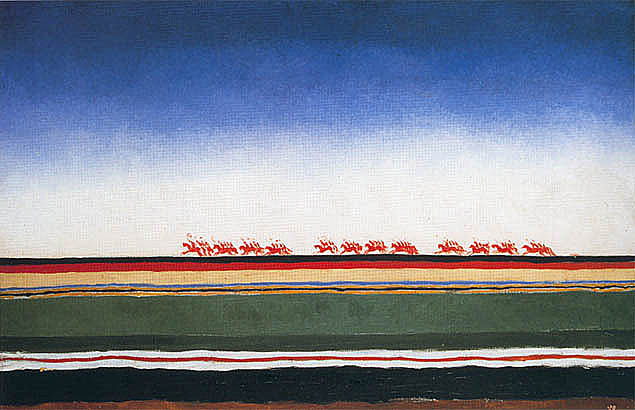 |
| Le Chevalier à la croisée des chemins par Viktor Vasnetsov (1846 - 1926) | 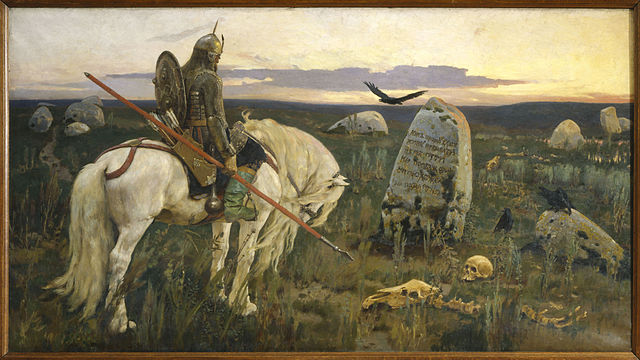 |
| La Prise de voile parMikhaïl Nesterov (1897 - 1898) | 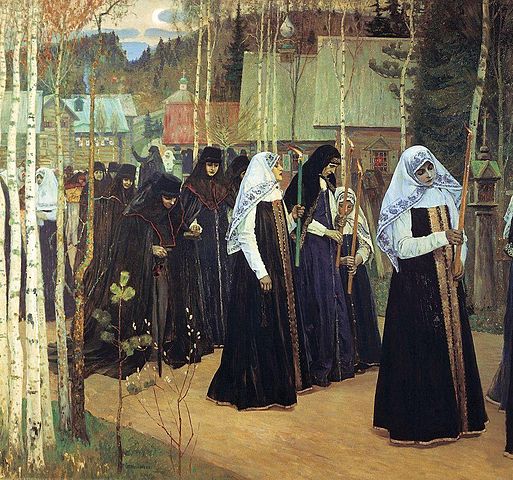 |